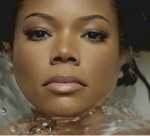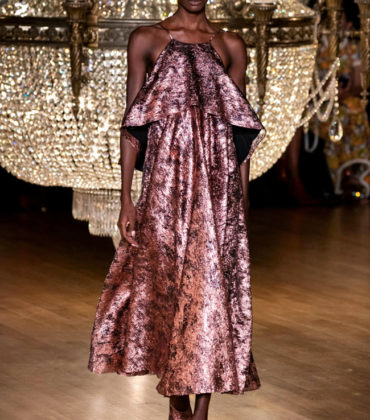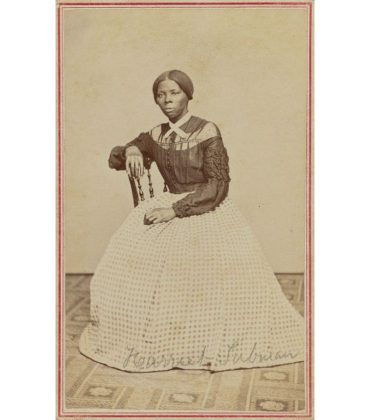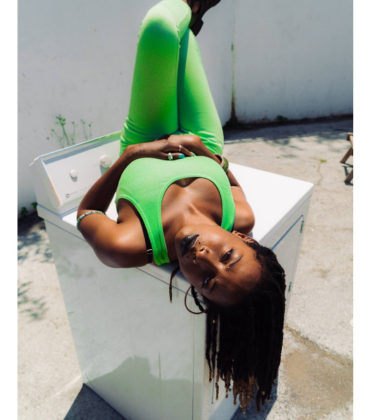
Season 3 of Being Mary Jane opens with Mary Jane being whisked down a hospital corridor on a gurney — neck in a brace, and an oxygen mask attached to her severely bruised face. The first few minutes are filled with the typical cinematic flashes between doctors scurrying to save their patient and the deteriorating patience of the worrisome family. We, the audience, are left with hammering hearts and crossed fingers — anticipating and speculating, whether or not the protagonist will live and how the storyline will continue.
Mary Jane’s story left off with a discovery that her best friend and former boyfriend (the “sort of” love-of-her-life) had sex. The confession was shocking, to say the least, and so not needed at a time when MJ seemed to, finally, have it all together. She was just leaving the office after a celebratory party for her new job as anchor for prime time, a position that would allow her to finally pursue the stories that mattered to her — stories about black women, the ugly black woman trope in particular. So when she is at a four way stop listening to the butt-dialed confession between two people she loves it sends her world, and her car, spiraling out of control and crashing into a pole.
Cut back to present day, Mary Jane’s injuries will not allow her to do her job. She’s now unable to fulfill a position that she’s worked tirelessly for and sacrificed relationships and motherhood for. In this moment, who wouldn’t want to give up? Mary Jane is also being threatened with the possibility of losing her job, a lawsuit, and the irrevocably damaged relationships between two of the closest people to her. How did this happen? It’s not fair! Why her?!

In the scheme of Mary Jane’s life my problems seem miniscule. As a twenty-three year old woman who does not have the responsibility of financially supporting her entire family and is not haunted by the echoes of a ticking biological clock, or facing a major career set-back, how can I possibly draw any affinity to Mary Jane Paul? The answer is in Mara Brock Akil’s ability to craft human portraits of black women. Her slower paced, character-driven shows allow for a focus on complex idiosyncrasies that help deconstruct the “strong black woman trope,” reconfiguring the one-dimensional image into a woman as the sum of all her multi-layered parts.
I may not be battling extortion, potential termination from my dream job, or betrayal, but I am still a woman who had a plan that hasn’t developed the way I crafted it in my mind. I am still a bit shell-shocked at how I got here. At times it does seem like there’s no way out. But every week when I take a glimpse into Mary Jane’s life I am encouraged not to give up. Being down does not mean being out.
“When someone has been given much, much will be required in return; and when someone has been entrusted with much, even more will be required.” – Luke 12:48
I know that as I continue to grow the battles I fight will increase in their complexity. That is not a testament to my failing to succeed, but a promotion in my ability to handle more, to conquer more, to achieve more. Things will fall apart as naturally as they come together. And, in order to navigate life’s mood swings flexibility is required. When we hold on to the way we believe things are supposed to be, we miss out on the spontaneity of life — it’s magical ability to take what you’ve imagined and make it better…so much better.
If I were in Mary Jane’s shoes I don’t know if I would have the stamina, the confidence, the will to fight — not just for my job but for my survival, my right to exist. Such a portrayal is important and is myriad in the black women we’ve been privileged to glimpse into the lives of on recent television. Annalise Keating, Cookie Lyon, and even the frustrating paradox of Olivia Pope are important especially for young black women who wake up everyday and face a world structured to work against us. It’s a painful and draining experience that becomes a numb subconscious throb as you prepare your defense mechanisms to thwart the evils of perpetual professional and social micro-agressions reminding you of a place society has predestined you to operate–all while also dealing with any personal turmoil. It’s a weight that can become burdensome, but when I see Annalise walk into the courtroom, when I see Olivia Pope strutting through Pope & Associates, when I see Cookie setting up her own record label, and when I see Mary Jane Paul walk confidently into her writer’s room, despite the fading scars that make producers hesitant to put her on TV, I am reminded of how black women wear such a burden with dignity. These women never cry victim, instead they put on their capes — often fashioned in designer suits and gorgeous heels–and become victor of their day, their life, their story.
I can do this. Women before me have been doing it and women after me will continue doing it. “It” is living, thriving, surviving, healing, loving, growing. I am strong, but my strength is not in my indestructibility. My strength is in my ability to pick myself up when I’ve been shattered, to glue my jagged pieces together and strut confidently in my imperfections knowing that I’ve won yet another battle.
At twenty-three I don’t have it together. I am a work-in-progress. In my late thirties, when I lie back in the contentment of believing to have gotten everything figured out, life will, inevitably, snatch the rug from underneath me, chaotically shifting what I’ve meticulously organized. But Mara Brock Akil’s portrait of work-in-progress women like Mary Jane Paul reveals to me that I will always be a work-in-progress, what matters is that I show up for work each day.
About the Author
[table id=69 /]





[…] Check it out here! […]